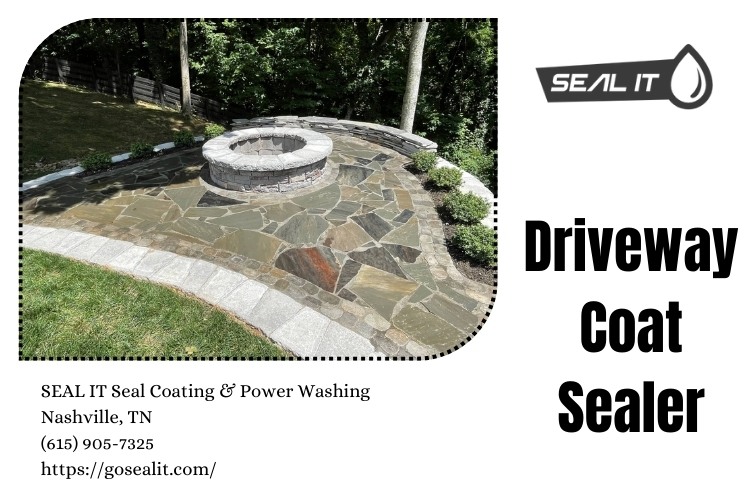Introduction
When it comes to maintaining the exterior of your home, one of the most effective methods is exterior power washing. This cleaning technique not only enhances the aesthetic appeal of your property but also extends its lifespan by removing dirt, mold, and mildew. However, before you dive into this cleaning adventure, preparation is key. In this comprehensive guide, we will explore how to prepare your home for an exterior power wash. Whether you're searching for "exterior power washing near me" or considering hiring a "local exterior power washing contractor," this article will equip you with the necessary knowledge to ensure a successful cleaning experience.

What is Exterior Power Washing?
Exterior power washing involves using high-pressure water jets to clean various surfaces around your home. It effectively removes grime, stains, algae, and other contaminants that accumulate over time. The result? A fresh and revitalized exterior that looks brand new.

Benefits of Exterior Power Washing
Enhanced Curb Appeal: A clean exterior makes your home more inviting. Prevent Damage: Regular washing prevents mold and mildew from deteriorating surfaces. Increased Property Value: A well-maintained home often fetches a higher market value. Saves Time and Effort: Power washing is faster than traditional scrubbing methods.How to Prepare Your Home for an Exterior Power Wash
Preparing your home for an exterior power wash involves several important steps that ensure both efficiency and safety during the cleaning process. Below are detailed guidelines on how to get ready.
1. Choose the Right Time
Timing plays a crucial role in power washing success. Aim for a dry day with mild temperatures; this allows surfaces to dry quickly post-washing and prevents issues like streaks or soap residue.
2. Clear the Area Around Your Home
Before the professionals arrive or before you start DIY power washing, clear away any furniture, decorations, or potted plants near your home's exterior:
- Move patio furniture Remove wall decor Store away outdoor toys
This step ensures nothing gets damaged during the process.
3. Inspect Your Home’s Exterior
Check for any structural damages such as loose siding or shingles:
- Look for cracks or flaking paint Make sure windows are sealed properly Repair any damages prior to washing
This inspection can save you from potential complications later on.
4. Cover Electrical Outlets and Fixtures
Water can be damaging to electrical components:
- Use plastic bags or tape to cover outlets Secure light fixtures and cameras
Ensuring these areas are protected minimizes risks during washing.
5. Prepare Landscaping
Power washing can unintentionally damage plants:
- Trim bushes and trees around your home Water plants thoroughly before washing Cover delicate flowers with tarps or cloths
Taking care of landscaping ensures everything remains intact throughout the wash.
6. Choose Your Cleaning Solution Wisely
Depending on what you're dealing with—mold, mildew, or general dirt—you may need specific cleaning solutions:
- Research eco-friendly options if concerned about chemicals Consider using soaps specifically designed for pressure washers
Choosing the right solution makes all the difference in effectiveness.

Hiring a Professional vs. DIY Power Washing
There’s often debate about whether to hire professionals or tackle power washing yourself:
Advantages of Hiring Professionals
Experience: Professionals know what they’re doing. Proper Equipment: They have access to industrial-grade machines. Safety: Less risk of injury when using high-pressure systems.DIY Advantages
Cost-effective: You save money on labor costs. Flexible Timing: You can wash whenever it suits you. Learning Experience: Gain skills that could be useful in future projects.Ultimately, assess your comfort level with machinery and determine what’s best for you!
FAQs About Exterior Power Washing
Q1: How often should I power wash my home?
A1: It's generally recommended to wash your home's exterior every 1–2 years, depending on environmental factors like location and weather conditions.
Q2: Is it safe to use a pressure washer on all surfaces?
A2: Not necessarily! Some surfaces like wood may require lower pressure settings while delicate materials like stucco should be handled with care; always check guidelines specific to each surface type.
Q3: Can I use bleach in my power washer?
A3: While some people use bleach as a cleaner, it's essential to dilute it properly and be cautious as it can damage certain surfaces or harm plants nearby.
Q4: What kind of equipment do I need for DIY power washing?
A4: For DIY projects, you'll need a pressure washer (gas or electric), appropriate nozzles, extension wands, hoses, protective gear (goggles/gloves), and possibly a suitable detergent based on cleaning needs.
Q5: Will power washing remove stains from my driveway?
A5: Yes! Most stains like oil and dirt can be removed through proper techniques; however, tough stains might require additional treatment alongside power washing.
Q6: How long does an average residential power wash take?
A6: The duration varies based on house size but typically ranges from 1–3 hours for a standard single-family home; larger homes take longer!
Conclusion
Preparing your home for an exterior power wash is an essential step towards achieving optimal results while ensuring safety throughout the process. By following these tips—from choosing the right time and covering outdoor fixtures to assessing whether hiring professionals suits your needs—your home's exterior will shine brighter than ever!
If you're looking for reliable help in Nashville, consider contacting SEAL IT Seal Coating & Power Washing. Our team of experts is ready to assist with all your exterior cleaning needs!
Contact Us
SEAL IT Seal Coating & Power Washing
Address: Nashville, TN
Phone: (615) 905-7325
By following these guidelines outlined in "How to Prepare Your Home for an Exterior Power Wash," you'll ensure that every inch of your home's facade receives the care it deserves!